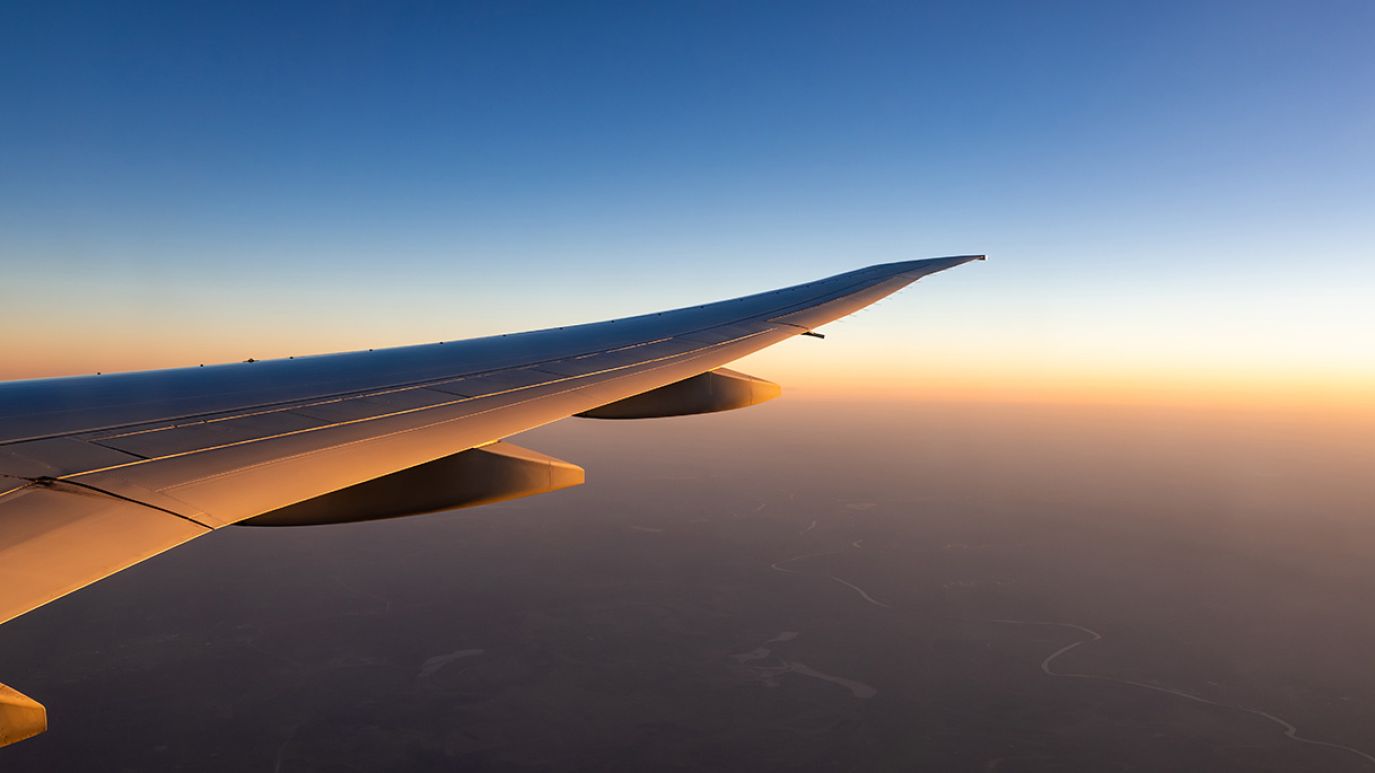China Intensifies Focus on Developing Its “Air Silk Road”

The Civil Aviation Administration of China is seeking certification for its C919 passenger jet airline from the European Union Aviation Safety Agency (EASA) and the US Federal Aviation Administration (FAA). If successful it could mark the start of a new dynamic in the global civil aviation industry.
The Civil Aviation Administration of China (CAAC) is seeking European certification for its single aisle, domestically built C919 aircraft as it looks to expand its fledgling aviation industry beyond domestic markets with the objective of “promoting China's national aircraft programs abroad.”
The C919, which completed its maiden flight in May 2023, is built by the Commercial Aircraft Corporation of China (Comac); Comac just delivered its fourth aircraft to Chinese Eastern Airlines on 1 January. By the end of 2023, China Eastern Airlines' C919 fleet had operated 655 commercial flights and carried nearly 82,000 passengers. The C919 has been the cornerstone of China’s push into the civil aviation market, which has been dominated by US and European manufacturers.
The C919 received large amounts of investment from the Chinese government, which is aiming to reduce dependence on international manufacturers (including for aviation parts) and to promote the Chinese civil aviation industry abroad. Comac also manufactures the Chinese-built ARJ21 (or Advanced Regional Jet for the 21st Century) aircraft, which is used for domestic flights and last year carried its 10 millionth passenger. Since its launch, 117 ARJ21s have been delivered to Chinese and foreign airlines.
The more advanced C919 already has been exported to the Indonesian airline TransNusa, and now CAAC is working closely with EASA and the FAA with the aim of allowing Chinese-made aviation products to be exported to the US and the European Union. Obtaining EASA certification would be a milestone for the C919, as well as for the Chinese civil aviation industry.
Homegrown or US-European?
However, despite China describing the C919 as its first homegrown passenger jet airline, 90% of C919 components are sourced from North American or European suppliers, according to the US-based Center for Strategic and International Studies (CSIS)
(Chinese state media claims that just 40% of parts are from foreign suppliers). To put that in perspective, it compares to an estimated 40–50% of US-based Boeing components being sourced from overseas suppliers.
The C919 uses Honeywell’s electrical system and landing gear, GE’s flight recorder, CFM Leap’s engine, Parker Aerospace’s flight control system and fuel system, Rockwell Collins’ weather radar and simulate system, and Michelin tires – all of which are US or European companies. Comac is also currently working with Tibet Airlines to solve unique challenges posed by operating in Tibet.
Very few countries in the world manufacture their own planes due to high barriers to entry, such as significant expense, high levels of technical expertise, and rigorous regulatory requirements. It is a point that negates China’s stated aim of reducing reliance on overseas suppliers as it launches its civil aviation objectives outside of domestic and nearby markets.
Aside from that, seeking certification from EASA signals China’s intent in the global aerospace industry, which is potentially comparable to the emergence of Airbus in the 1970s – when Airbus successfully challenged the established dominance of Boeing and McDonell Douglas.
A new dynamic in the global civil aviation industry
Industry analysts are watching CAAC’s (and Comac’s) move with interest, as it could challenge the existing duopoly of Boeing and Airbus in the global civil aviation industry. If CAAC is successful in gaining European (and in the future, US) certification, then it could change the competitive dynamics of the entire industry.
The number of international flights to and from China is also recovering well following the well-documented ban during (and after) COVID-19. According to CAAC, there are now 4,600 weekly flights into and out of China – up from just 500 at the start of 2023. CAAC is aiming to increase that number to 6,000 per week by the end of 2024 (which equates to around 80% of pre-COVID levels). Direct flights between the US and China, meanwhile, has recovered to about 60% of pre-pandemic levels, at around 63 per week.
With regard to the “Air Silk Road,” on 18 October 2023 China signed a memorandum of understanding (MoU) with the civil aviation authorities of Kazakhstan and Tajikistan, which China calls the “Air Silk Road.” Since May 2023, China has been increasing the number of flights to five Central Asian countries – Kazakhstan, Kyrgyzstan, Tajikistan, Turkmenistan and Uzbekistan – and in October made that an official MoU.
The Air Silk Road has its hub in Xi'an, the capital of northwest China's Shaanxi Province, and China is steadily increasing the number of flights between the five nations. China is also working to upgrade the China-US Aviation Cooperation Program (ACP) and the China-Europe Aviation Cooperation Program (APP).
The success or otherwise of CAAC’s request to gain certification from EASA is being watched closely, as it could herald the start of a new global competitive dynamic in the civil aviation industry.
China’s 5G influence in developing economies
China’s Belt and Road Initiative and its digital counterpart, the Digital Silk Road, threaten to displace US telecom and tech companies in developing economies in Africa, Latin America and the Middle East. How can US operators and network providers stand up to the challenge?